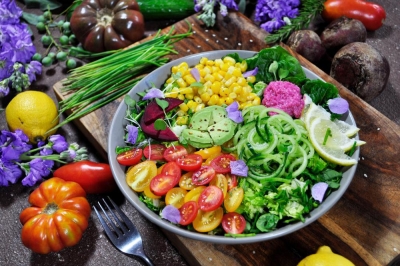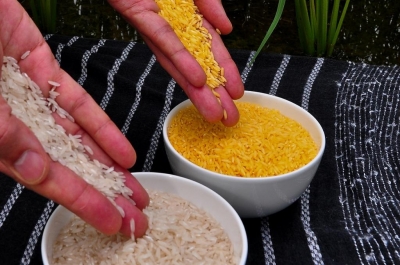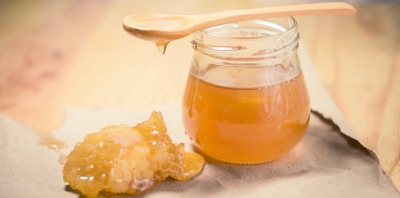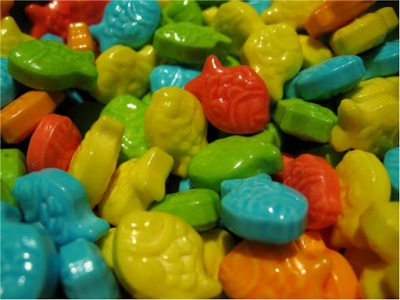What are the benefits of s plant-centred diet?

The results of a study published in August in the Journal of the American Heart Association states that eating nutritious, plant-based foods is beneficial to the heart at any age. The study showed that those who ate more healthy plant foods had fewer heart attacks and were also less likely to develop cardiovascular diseases.
Observational study
For this study, the researchers looked at long-term consumption of plant-based foods and the impact of switching to a plant-centred diet in young adulthood. The researchers examined diet and prevalence of heart disease among those enrolled in the Coronary Artery Risk Development in Young Adults.
The participants numbering close to 5,000, belonged to the 18-30 age group at the time of enrolment in 1985-86 and were free of cardiovascular diseases at that time. Between 1987 and 2016, these adults took eight follow-up exams that included lab tests, physical measurements, lifestyle assessments, and medical histories.
Unbiased data
As the results of these tests were not revealed to the participants and they weren't instructed to eat in any particular way either, the researchers had unbiased data that reflected habitual long-term diets. The food groups were classified into beneficial foods (including fruits and vegetables), adverse foods (think junk foods and soft drinks) and neutral foods (refined grains, lean meats).
After considering several factors such as age, sex educational background, and calorie consumption, it was found that people who ate the most nutritionally rich plant foods and very little adverse foods were 52% less likely to develop cardiovascular diseases.
The research also pointed out that even switching to a plant-centred diet led to lesser risk in terms of cardiovascular diseases.
As this study is observational, it cannot be used to prove a cause-and-effect relationship between the diet and heart disease. The research, however, does suggest that a nutritionally rich plant-centred disease is definitely good for the heart. And since it also shows that including more plant-based foods has its benefits, it might be a good idea to start taking more vegetables and fruits whenever you can.
Picture Credit : Google


